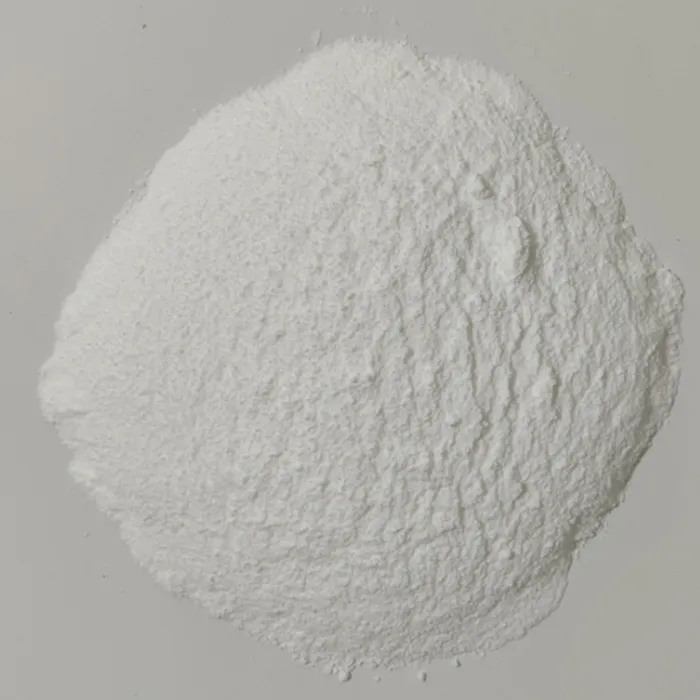The Role of Sodium Thiocyanate in Science and Industry
Sodium thiocyanate (NaSCN) is an inorganic compound that plays a significant role across various fields, including chemistry, medicine, agriculture, and even the food industry. This versatile compound is characterized by its white crystalline form, high solubility in water, and the presence of the thiocyanate anion (SCN⁻).
Chemical Properties and Applications
Sodium thiocyanate is primarily known for its function as a reagent in chemical synthesis. Its ability to form complexes with metal ions makes it invaluable in analytical chemistry. It is often used in the determination of metal concentrations within various samples, including environmental samples and biological materials. The thiocyanate ion can react with metals to form stable complexes, which can be analyzed using spectrophotometry.
Moreover, sodium thiocyanate acts as a source of thiocyanate ions in various reactions, making it crucial in organic synthesis. It is utilized in the manufacturing of pharmaceuticals, particularly in the production of thiocyanate derivatives that have potential therapeutic effects. For example, thiocyanate compounds have been explored for their anti-inflammatory and antimicrobial properties, expanding their application in the medical field.
Industrial Uses
In the industrial sector, sodium thiocyanate serves multiple purposes. It is often employed in the textile industry as a dye-fixing agent, ensuring that colors remain vibrant and resist fading over time. Additionally, it is used in the preparation of certain types of plastics and as a medium in the extraction of precious metals from ores, highlighting its importance in metallurgy.
sodium thiocyanate

In agriculture, sodium thiocyanate has been examined for its potential as a herbicide and as a treatment for certain soil pests
. Its capability to inhibit specific physiological processes in plants offers a way to manage crop health and enhance yields. However, the application of such chemicals must always be approached with caution, as the environmental impact and the safety for non-target species are critical factors to consider.Safety and Environmental Impact
While sodium thiocyanate is generally regarded as safe in controlled amounts, it can be toxic in larger doses. Exposure can result in adverse health effects, particularly affecting the respiratory system and thyroid function, as thiocyanate ions can interfere with iodine uptake. Consequently, safe handling practices, proper storage, and precise dosing are vital in both laboratory and industrial settings.
From an environmental standpoint, the release of sodium thiocyanate into water bodies can pose a risk to aquatic life. Therefore, adequate waste disposal methods and adherence to regulatory standards are essential to minimize the compound's ecological footprint.
Conclusion
In conclusion, sodium thiocyanate is a compound of great significance with diverse applications in various industries. Its role as a reagent in chemical synthesis, a dye-fixing agent in textiles, and potential uses in agriculture and medicine highlight its importance. However, responsible management and awareness of environmental impacts are crucial to harnessing its benefits while mitigating risks. As research continues to uncover new uses and effects, the future of sodium thiocyanate promises to be both innovative and challenging.

